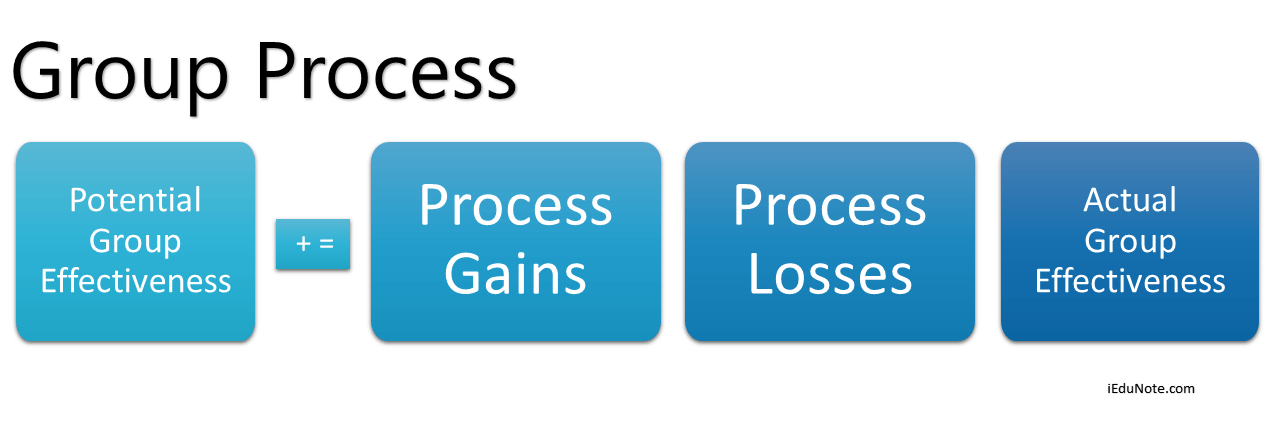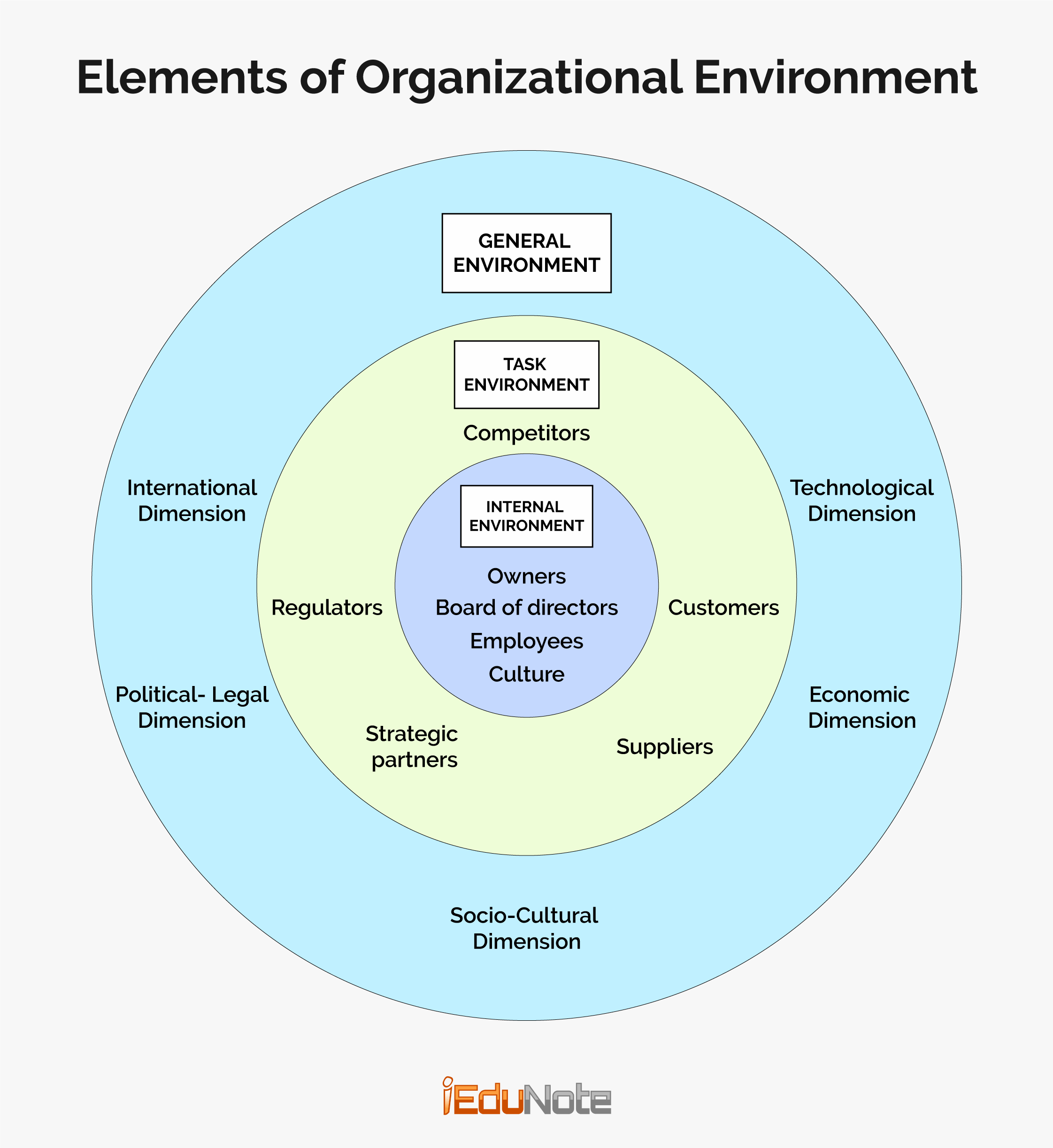Learn about the two types of bargaining strategies, distributive and integrative, to effectively resolve conflicts and achieve win-win outcomes.
Types of Bargaining Strategies in Negotiation & Conflict
Bargaining is a process of reaching a mutually acceptable solution among all parties to the conflict at the end of the negotiation process. Bargaining strategies help to resolve the conflict through proper communication and understanding of the situation. 2 types of bargaining strategies are;
- Distributive Bargaining,
- Integrative Bargaining.
Distributive Bargaining Strategy
Distributive bargaining is defined as negotiations that seek to divide up a fixed amount of resources, a win-lose situation.

Its most identifying feature is that it operates under zero-sum conditions, i.e., each party bargains aggressively and treats the other as an opponent who must be defeated.
The core of distributive bargaining is that each party has a target point and a resistance point. The target point is what the parties would like to achieve most.
Each party’s target point is most of the time are entirely or extremely opposite. The resistance point is the minimum result which would be accepted by the parties.
The difference between these two points in each one’s aspiration range. As long as there is some overlap between the aspiration ranges, there exists a settlement range in which each one’s aspiration can be met.
When engaged in distributive bargaining one’s tactics are a focus on trying to get one’s opponent to agree to one’s specific target point or to get as close to it as possible.
Examples of such tactics are persuading to his/her target point and the advisability of accepting a settlement near yours arguing that your target is fair, which your opponents is not and attempting to get your opponent to feel emotionally generous toward you and thus accept an outcome close to your target point.
Integrative Bargaining Strategy
The negotiation that seeks one or more settlements than create a win-win situation is called Integrative Bargaining Strategy.

Regarding intra-organizational behavior, all things being equal integrative bargaining is preferable to distributive bargaining. Integrative bargaining builds long-term relationships and facilitates working together in the future.
It bonds negotiators and allows each to leave the bargaining table feeling that he/she has achieved a victory. Distributive bargaining, however, leaves one party a loser.
It tends to build animosities and deeper divisions when people have to work together on an ongoing process.
Need for Proper Negotiation and Bargaining Strategies
Negotiation defined as a process that occurs when two or more parties decide how to allocate scarce resources.
Even though we commonly think of the outcomes of negotiation in one-shot economic terms, like negotiating over the price of a car, every negotiation in organizations also affects the relationship between the negotiators and the way the negotiators feel about themselves.
Depending on how much the parties are going to interact with one another, sometimes maintaining the social relationship and behaving ethically will be just as important as achieving an immediate outcome of bargaining.
The terms ‘negotiation’ and ‘bargaining’ are interchangeable and used in the same wave. Negotiation permeates the interactions of almost everyone in groups and organizations.
In today’s loosely structured organizations, where members work with colleagues over whom they have no direct authority and with whom they may not even share a common boss, negotiation skills become critical.
Distributive versus Integrative Bargaining
| Bargaining Characteristics | Distributive Characteristics | Integrative Characteristics |
|---|---|---|
| Available resources | A fixed amount of resources to be divided. | A variable amount of resources to divide. |
| Primary motivations | I win, you lose. | I win, you win. |
| Primary interests | Opposed to each other. | Convergent or congruent with each other. |
| Focus of leadership | Short term. | Long term. |
| Nature | Distributive negotiation is competitive and requires that every party views every other party as a competitor. | Integrative negotiation is collaborative and all the parties negotiate on friendly terms, acting as allies to one another. |
| Focusing interest | In a distributive negotiation, every negotiator focuses on meeting his interests, regardless of the loss the others may have to face. | Integrative negotiation focuses on mutual interests of all the parties and thus, comes up with constructive solutions that will be beneficial for all. |

